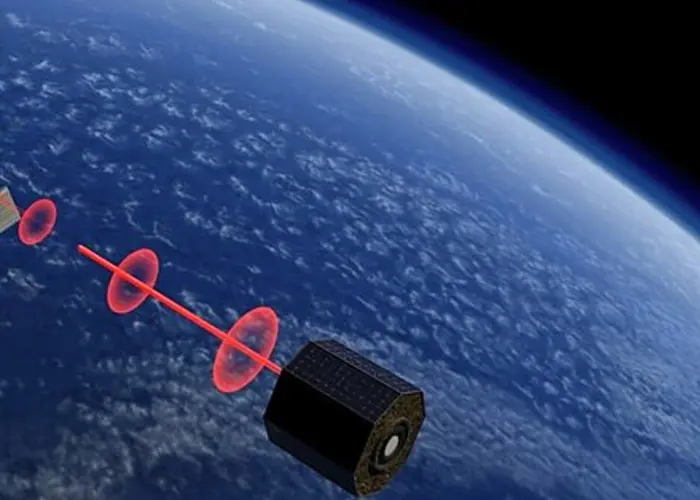
The European Space Agency (ESA) has selected AROBS Polska and Romanian AROBS Engineering to develop a control unit for managing precise on-orbit operations. The control unit will support missions involving space debris removal and satellite servicing.
Known as the Close Proximity Operations Control Unit Development and Qualification (CRIMSON) project, the ESA-funded activity is part of its Core Activities for Clean Space under the COSMIC initiative within the Agency’s Space Safety Program, Period 2. A scalable control unit will enable more efficient debris removal operations such as rendezvous, capture, or satellite servicing.
The companies will develop a control unit that will work with sensors and cameras and possess sufficient computing power and memory to perform various high-bandwidth data processing functions. These will include image processing, navigation, control of robotic elements, and supporting functions such as image compression.
“I am proud that our Romanian and Polish Aerospace Engineering teams have been granted the opportunity to participate in the CRIMSON project, funded by the European Space Agency,” said AROBS Group CEO Voicu Oprean.
A major challenge is foreseeing spacecraft integrators’ needs in the design. Before closing the low-level requirements for software, hardware and programmable logic, the companies will meet several European integrators to present the device’s preliminary architecture and gather feedback.
“The project is a consequence of our long-term strategy in developing highly reliable and innovative solutions,” said AROBS Polska CEO Michał Szwajewski. “Within the strategy vision we are taking part in projects which support sustainable space business development and clean space is one of these elements.”
Via its engineering office in Romania, AROBS Group has 12-plus years of experience building onboard applications and platform software for various space payloads and systems. In this project, the team will leverage their expertise in image processing and image-based navigation by implementing and benchmarking a demo set of image processing algorithms that will acquire and process real-time images from emulated wide-angle camera/narrow-angle camera sources. The algorithms will compose mathematical results and will provide input to a demo-level GNC software module.
Active debris removal and in-orbit servicing missions require high onboard autonomy and intelligence to perform critical close proximity operations, which require complex processing functions, such as relative navigation and image processing, and robotic capture system control. Until now, these functions have been performed by dedicated control units, specifically designed for each mission and requiring a great deal of nonrecurrent engineering and dedicated qualification effort. This is due to the differences in the mission avionics architectures and the variety of sensors that are used in each mission. Such dedicated developments come with high costs and increased risks that must be managed and mitigated by each mission.
By developing CRIMSON as a generic unit, the recurring costs of future missions will be significantly reduced.





